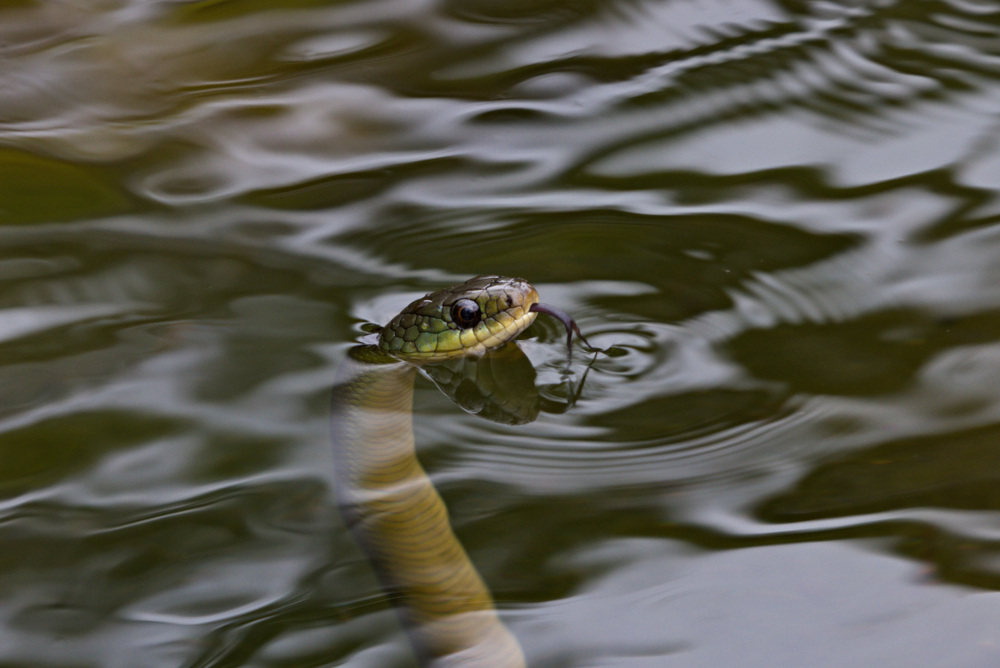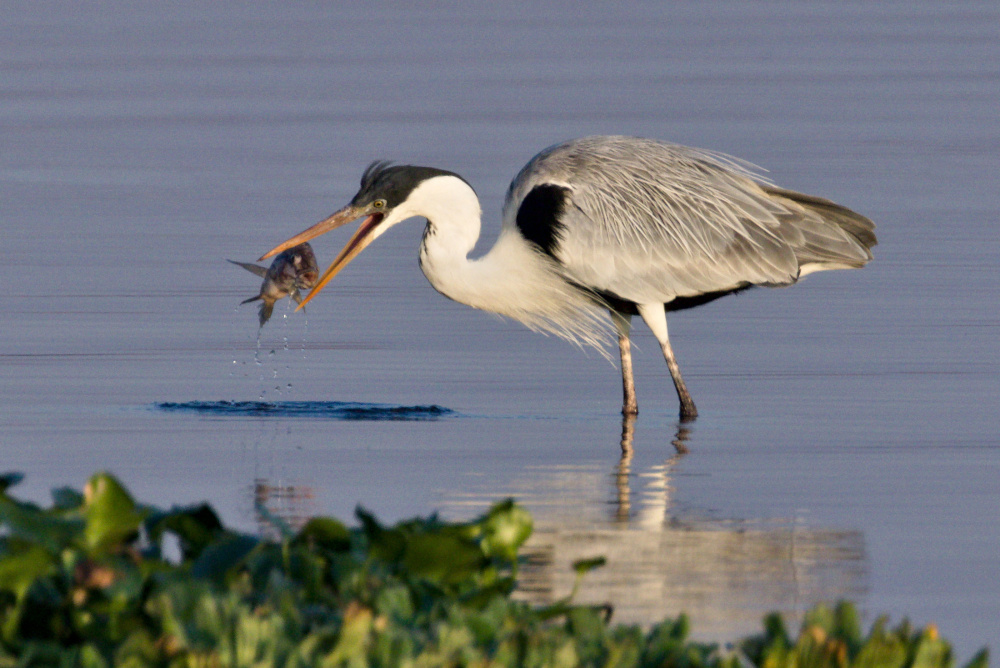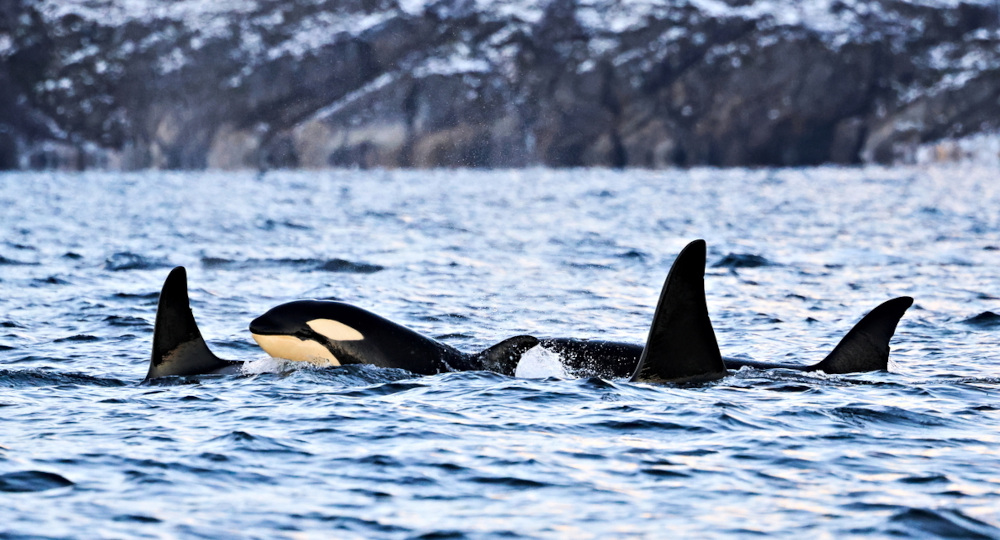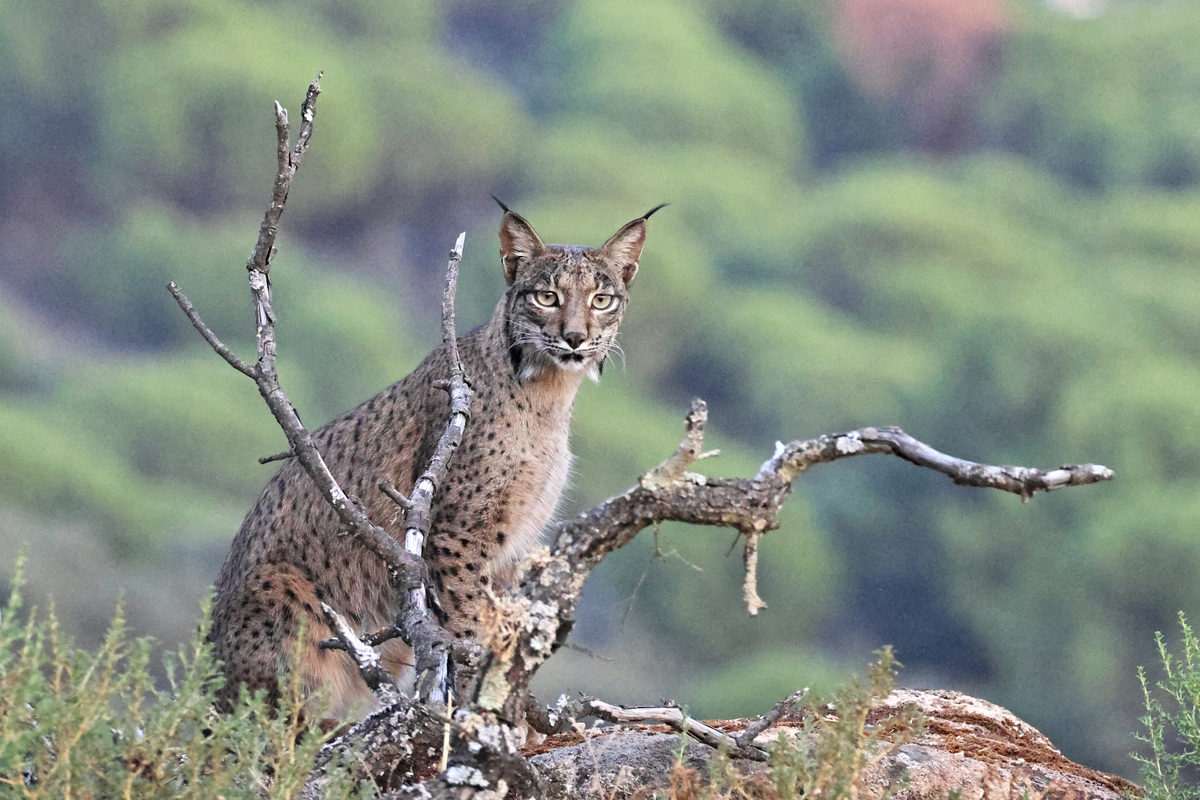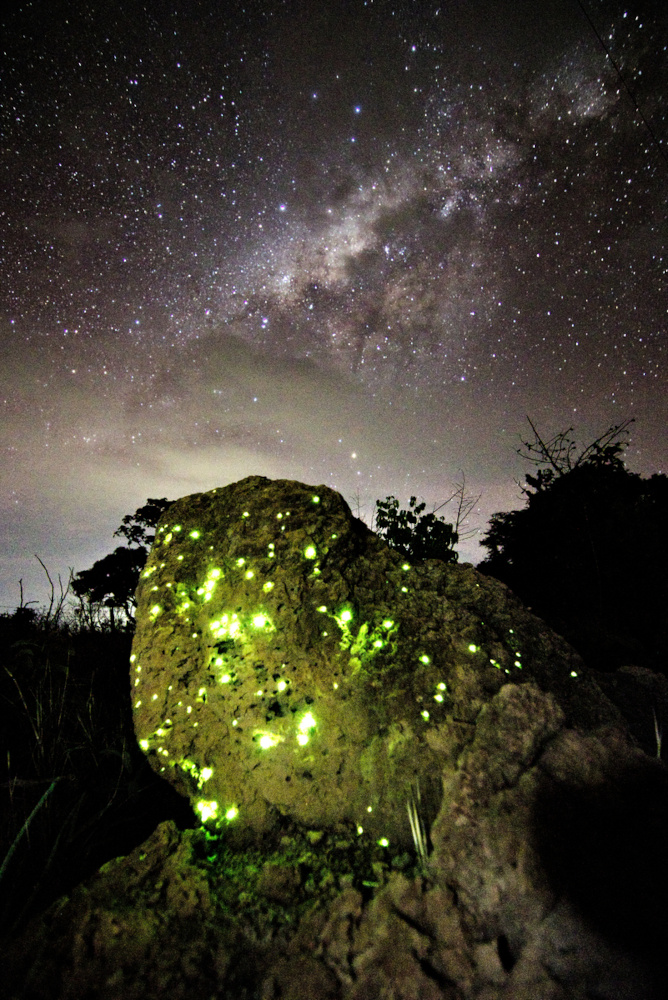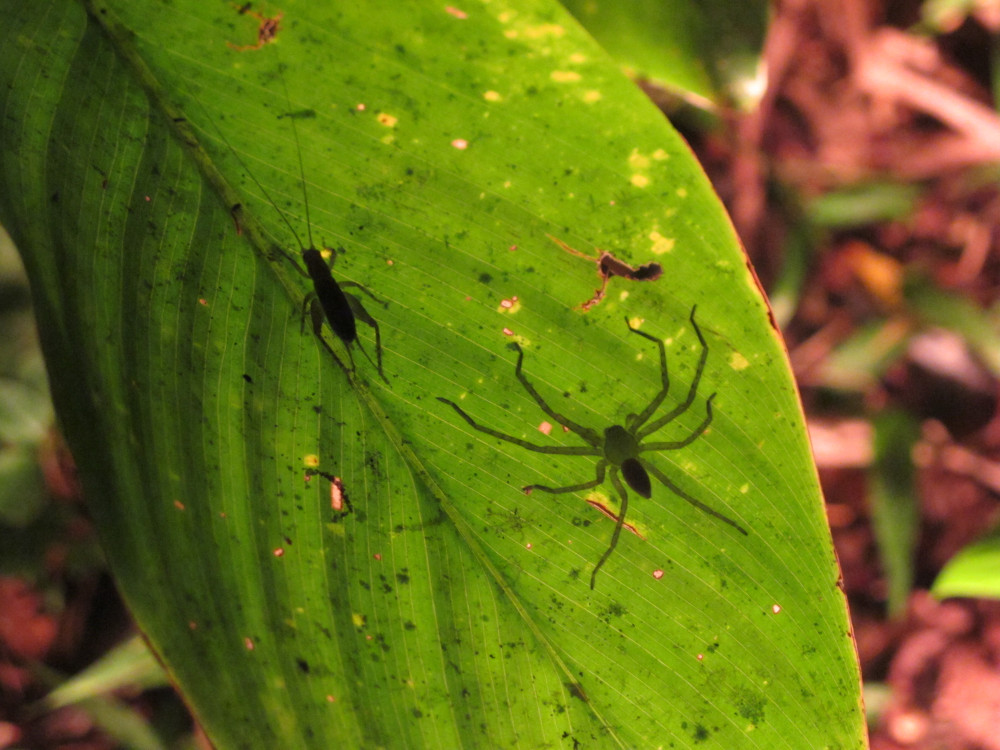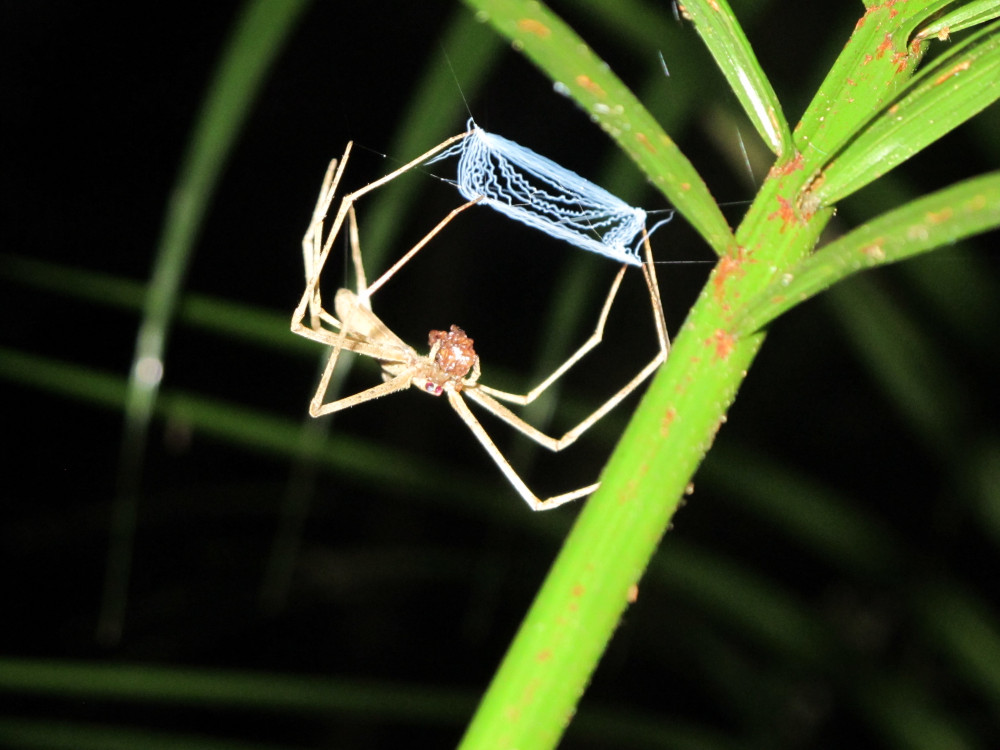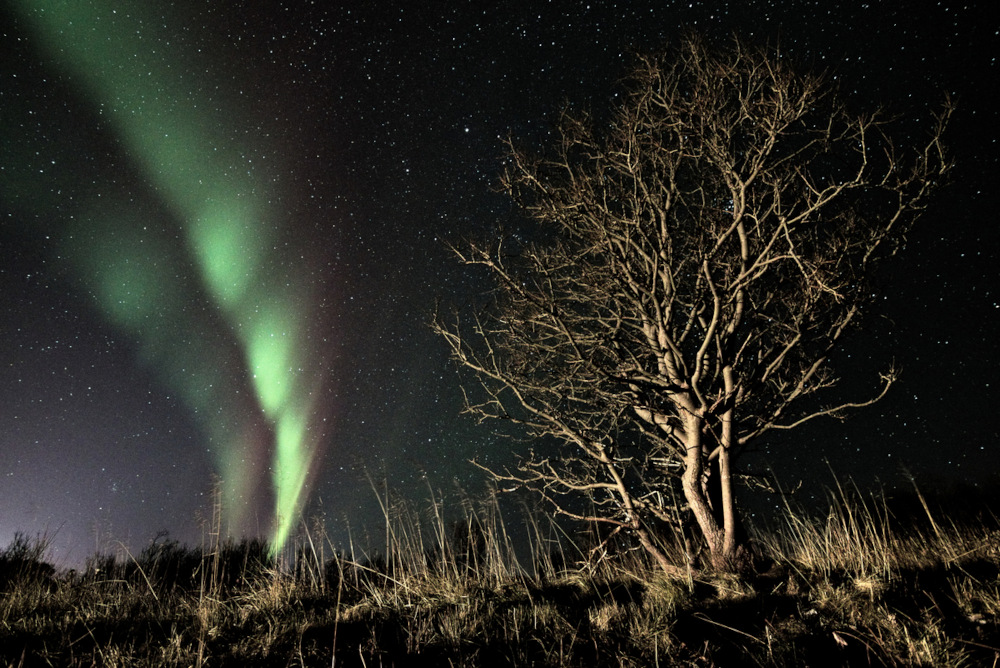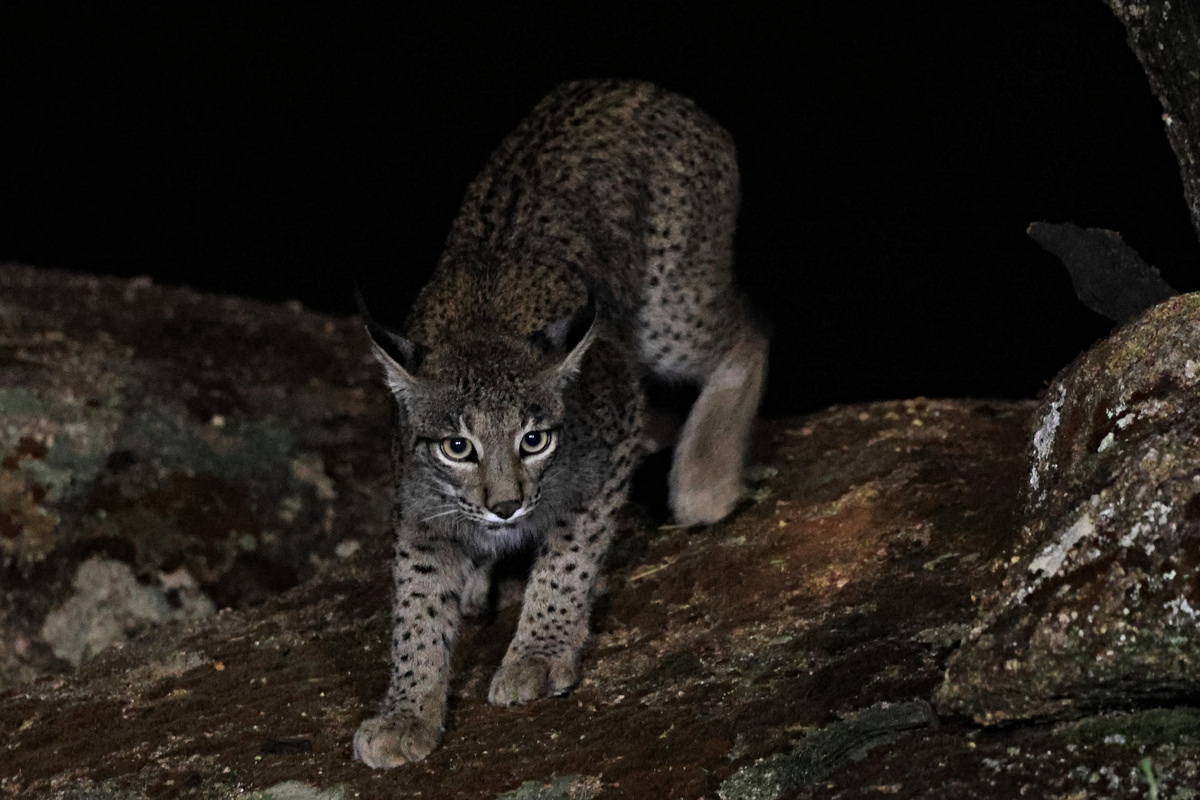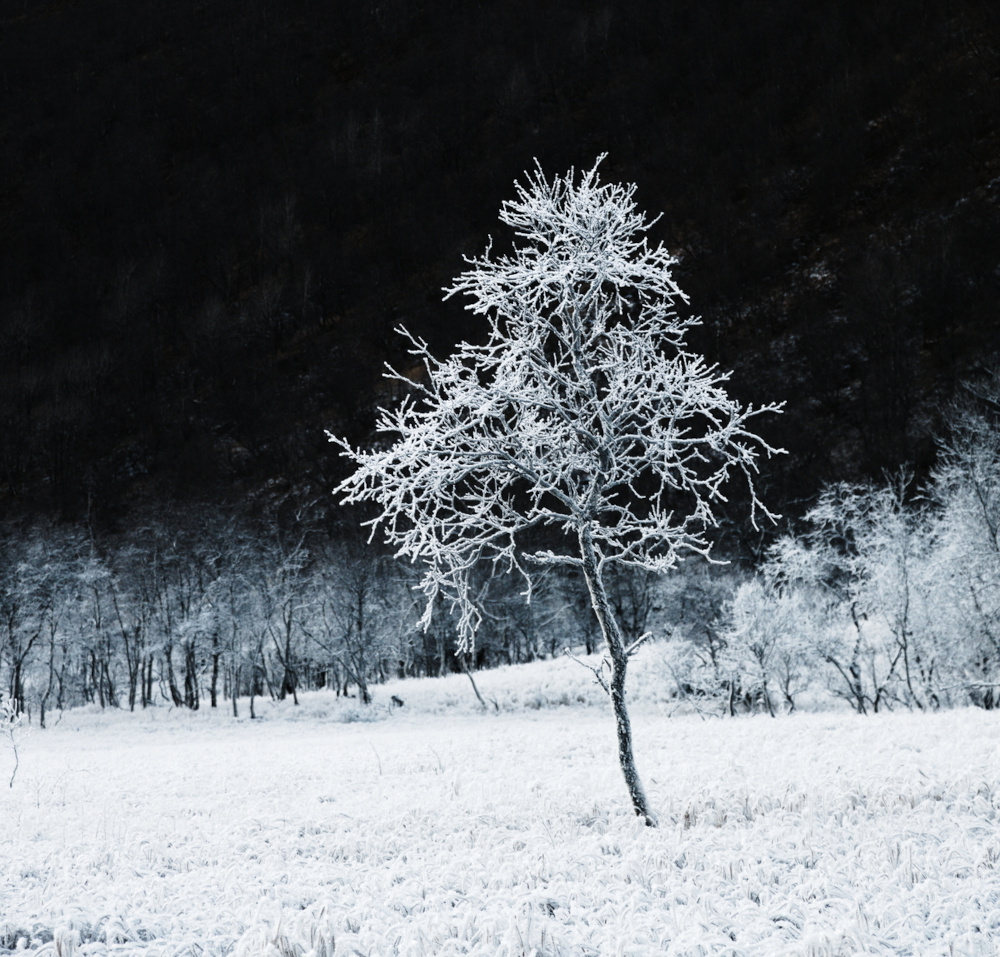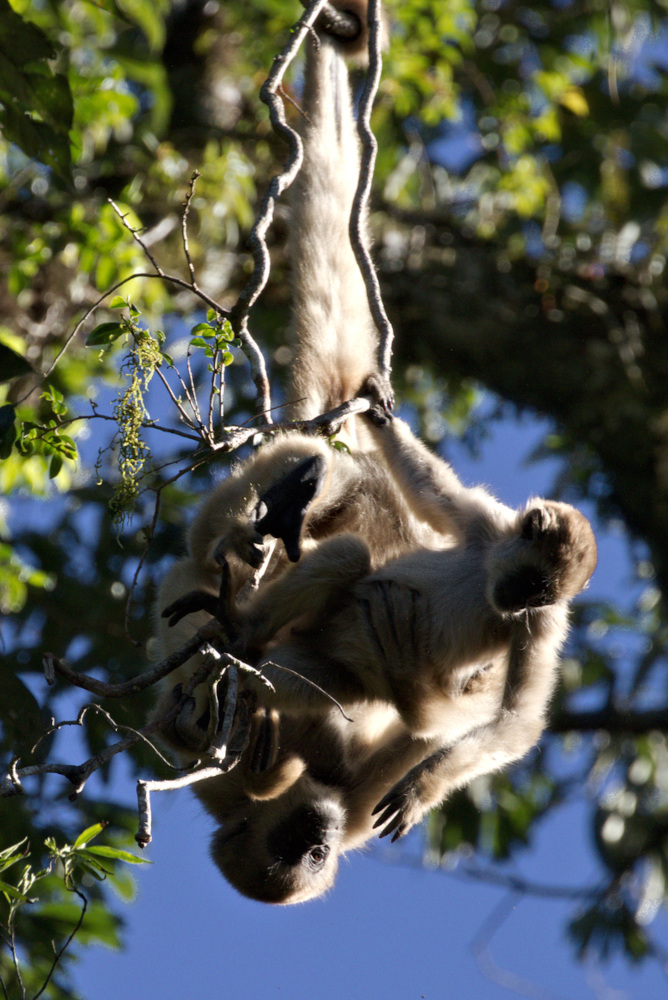Biosphere
Back in 1926, the soviet scientist Vladimir Vernadsky (1863-1945) published his seminal book The Biosphere. Extending the term first coined by the Viennese geologist Eduard Seuss (1831-1914), Vernadsky’s concepts introduced in his book are what now is widely recognized as biosphere: the interacting whole composed by all forms of living organisms as the major geological force of the Earth system.
Life has been shaped and continuously shapes the Earth system spheres. To cite some explicit forms of interaction, the current atmosphere is a result of aerobic respiration, which has caused the extinction of early non-aerobic forms of life; organic soils are formed from biological activities in the geospheric layer, some of which avoid erosion; and, the water cycle is only complete due to massive plant absorption of water in the soil and release to the atmosphere.
Planet Earth as we now know is, thus, a result of billions of years of geological and biological evolution, dynamically influencing each other. Despite its name, Earth could be called Water, but it is precisely Life, and its diversity, which makes this pale blue dot unique in the Universe.



